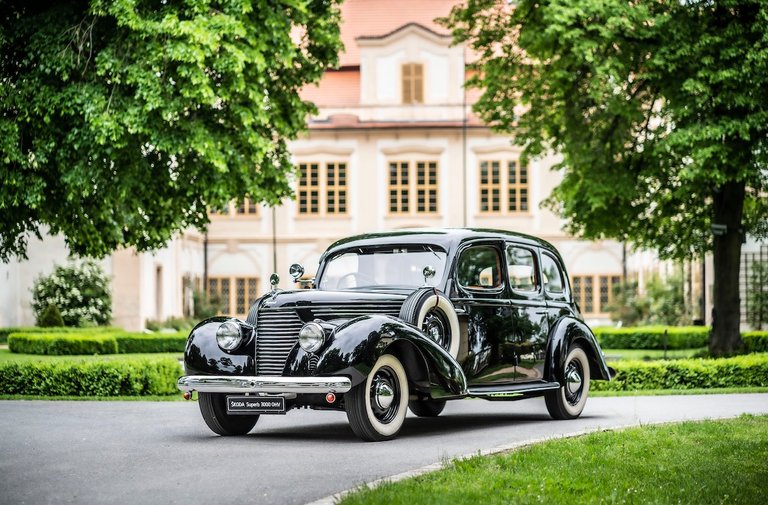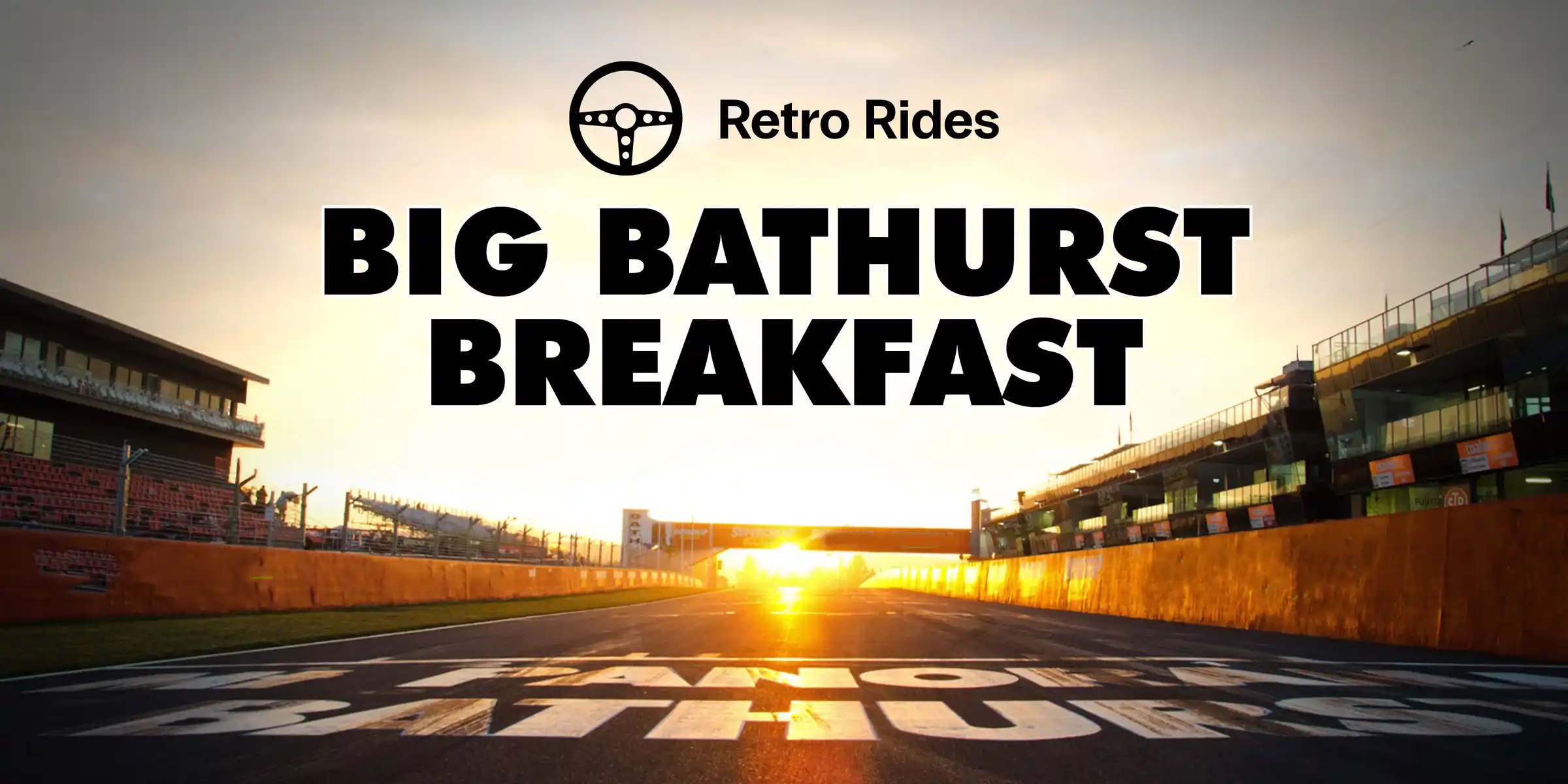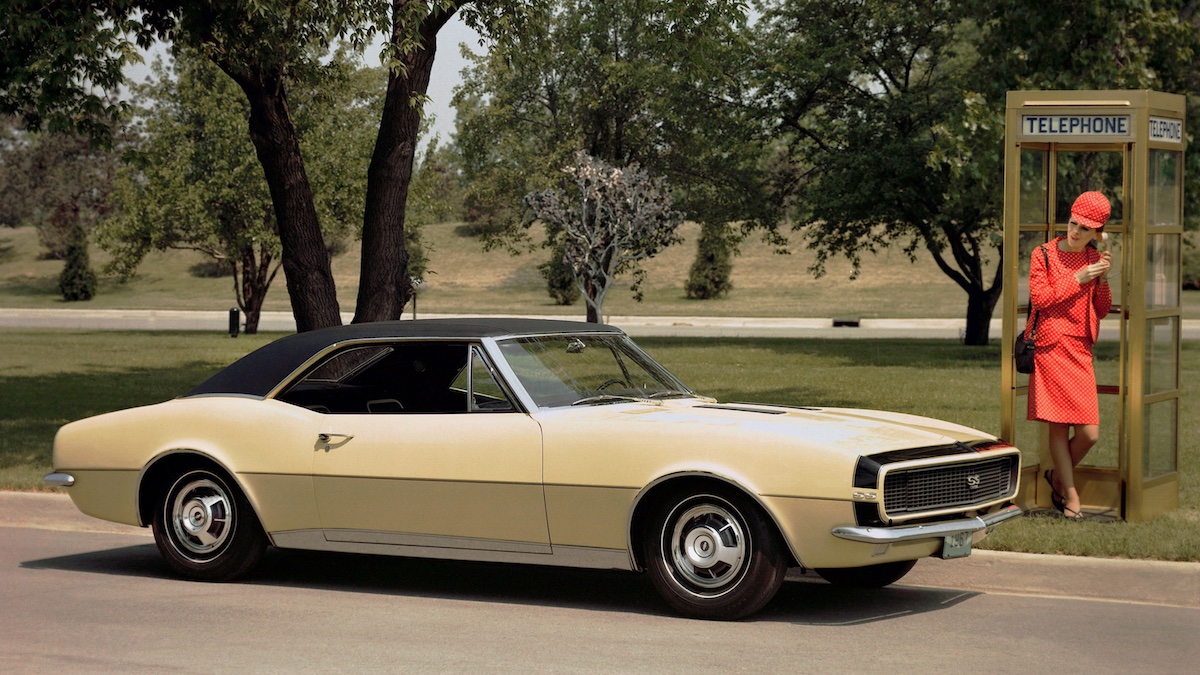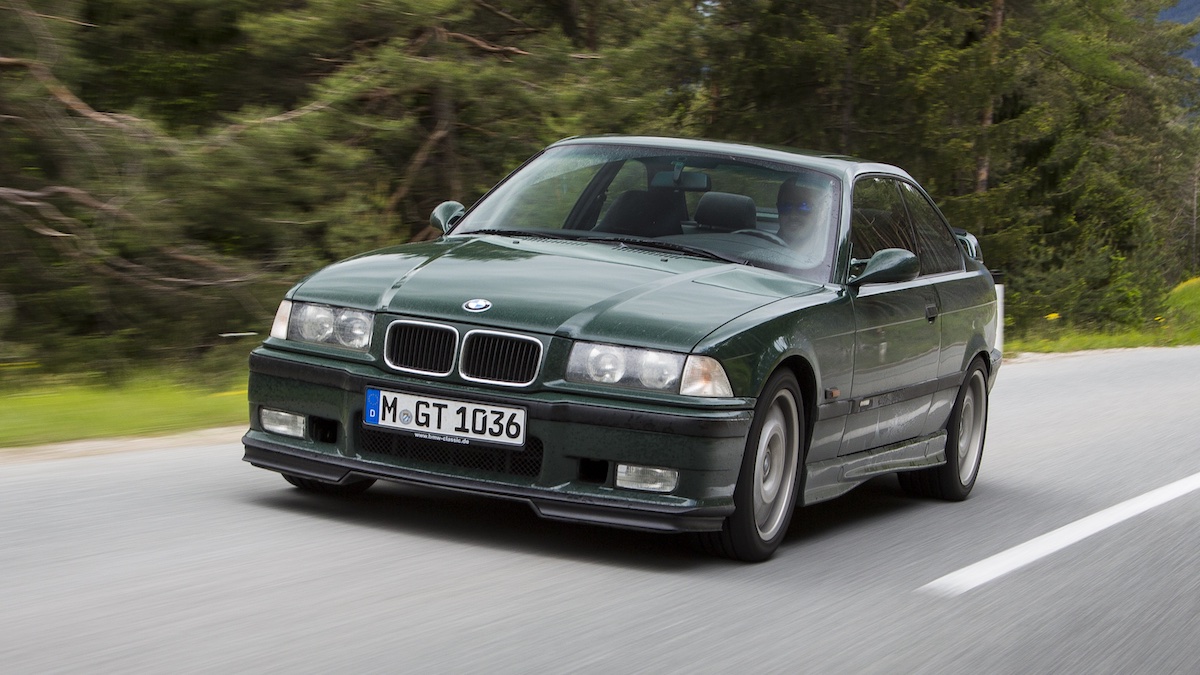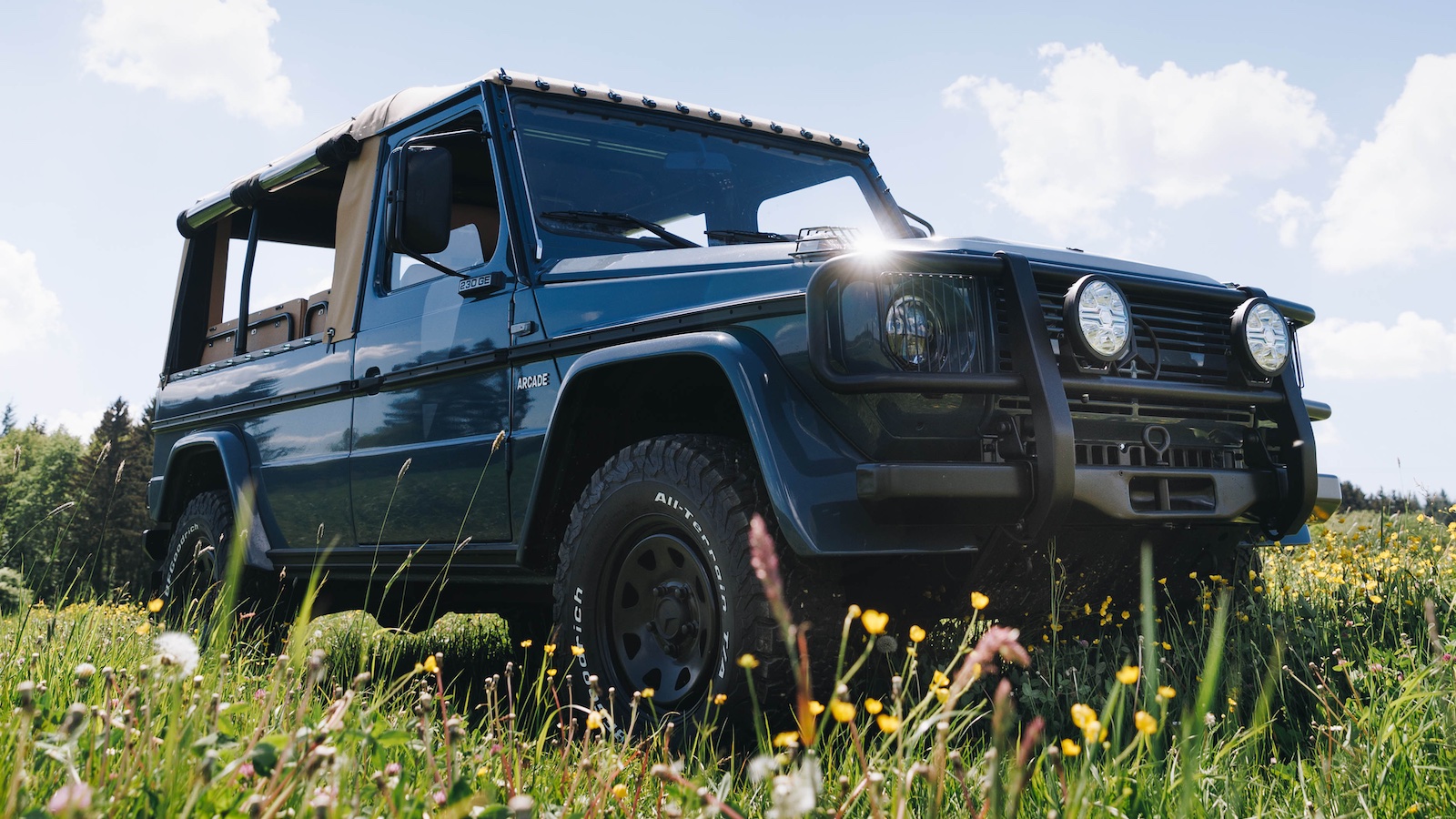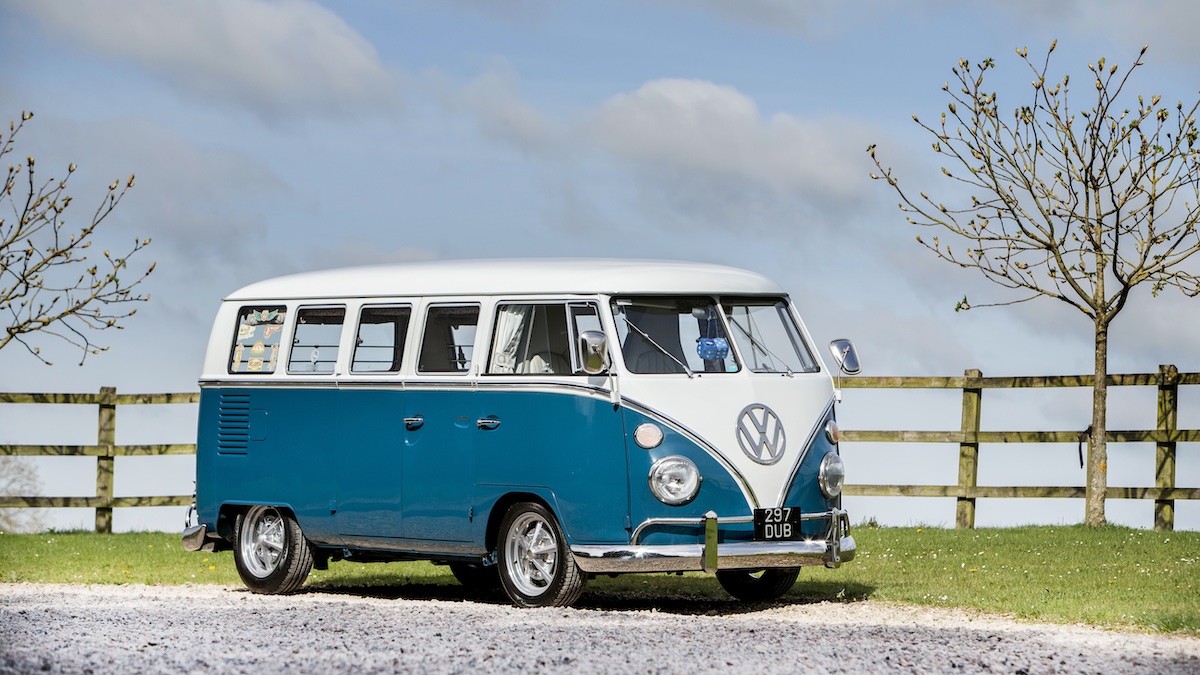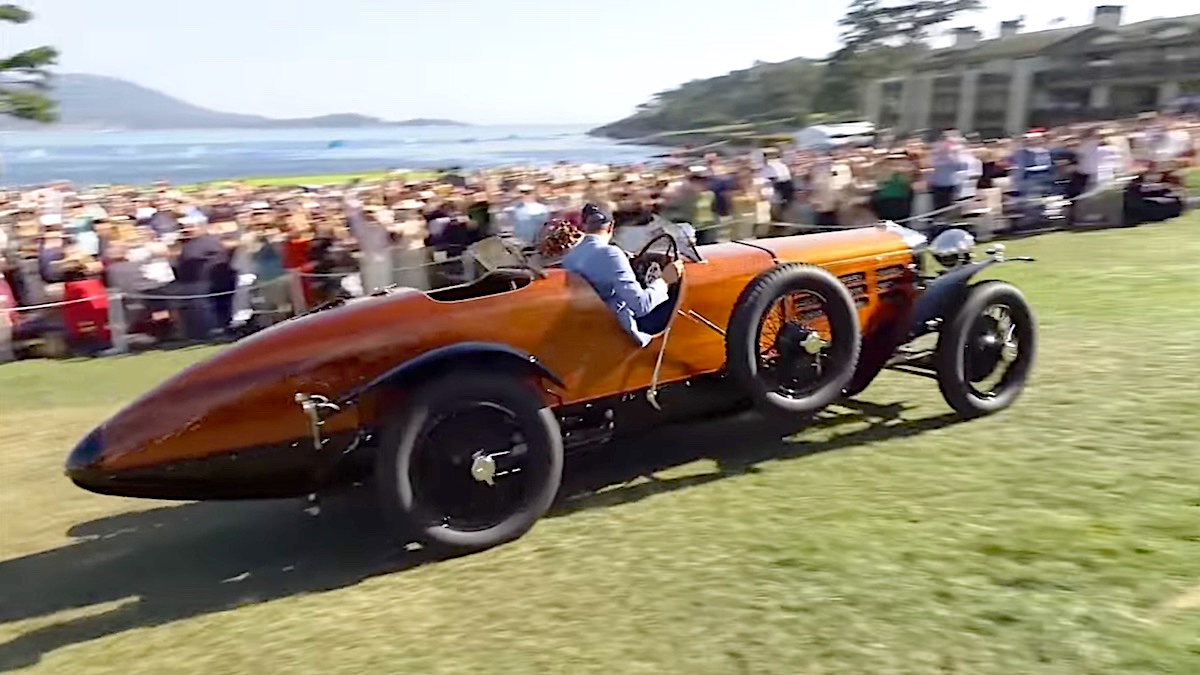The ‘Superb’ nameplate first appeared on a Škoda in October 1934, with series production commencing 90 years ago in March 1935 (Image: Škoda)
The Škoda Superb may only be a relatively recent addition to the Australian automotive landscape, having first launched here in 2010, but 2025 marks 90 years since its debut in its homeland, then-Czechoslovakia.
March 1935 will be forever remembered as the month that Adolf Hitler publicly announced German rearmament, overturning the limitations placed on the German military by the Treaty of Versailles, which had been imposed after World War I, and setting Europe on the path to war.
On a more positive note, it was also the date when Czech carmaker Škoda began series production of the Superb, a full-size luxury car that was notable for its progressive chassis, hydraulic brakes, and state-of-the-art 12V electrical system.
Conceived in the spring of 1934, Škoda’s new generation of vehicles featured a backbone chassis frame and independent suspension. By the October of that year, the company had decided to name its flagship model ‘Superb’.
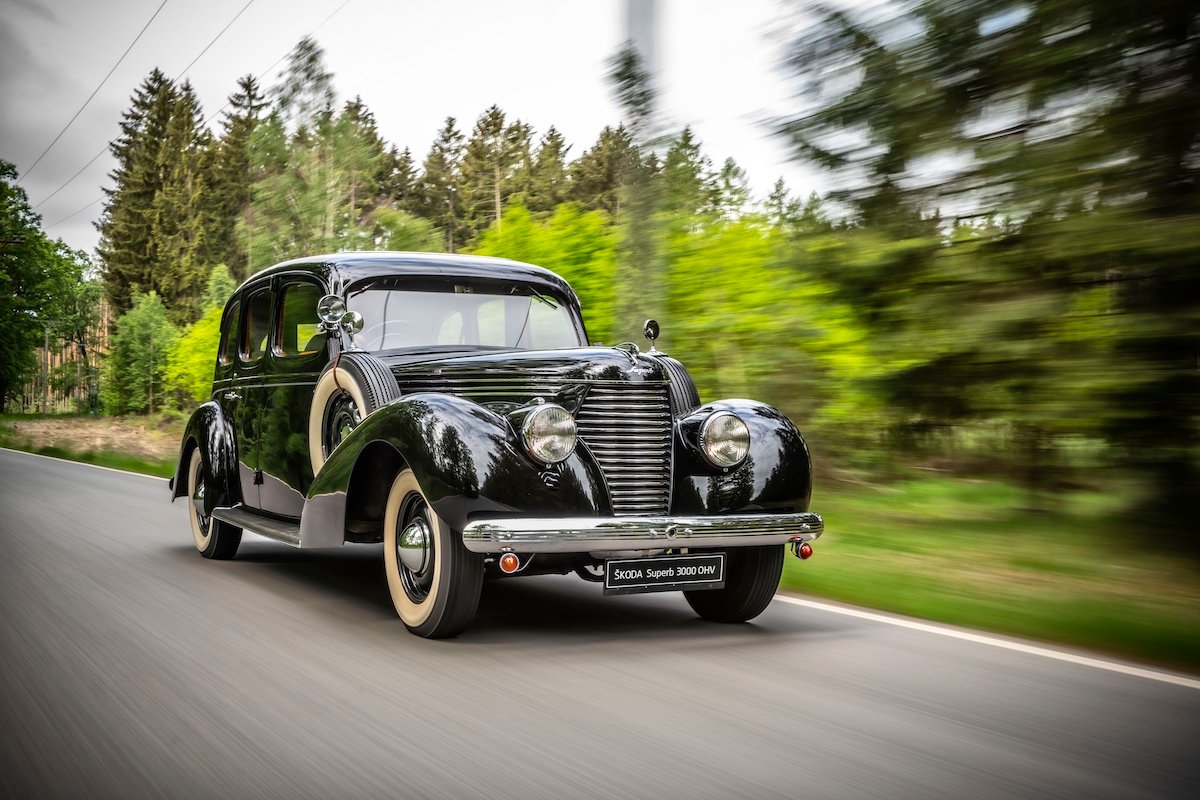
The original Superb, which remained in production until 1949, boasted outstanding craftsmanship and was available with a range of wheelbase lengths and body styles, including even military derivatives during World War II (Image: Škoda)
Series production commenced at Škoda’s Mladá Boleslav plant in March 1935, with the first model, the Škoda 640 Superb, powered by a six-cylinder engine producing 55hp (40.5 kW). Also available was a 96hp (70.7 kW) 4.0-litre V8 engine, with all variants boasting hydraulic brakes and a state-of-the-art 12V electrical system.
Offering generous space for up to seven passengers and their luggage, generous equipment levels by the standards of the day, and outstanding craftsmanship, the Superb was available with various wheelbase lengths and body styles, including open-top and bespoke designs.
By the time production ended in 1949, approximately 890 passenger cars and 1630 military derivatives had been built – including a unique 4×4 version.
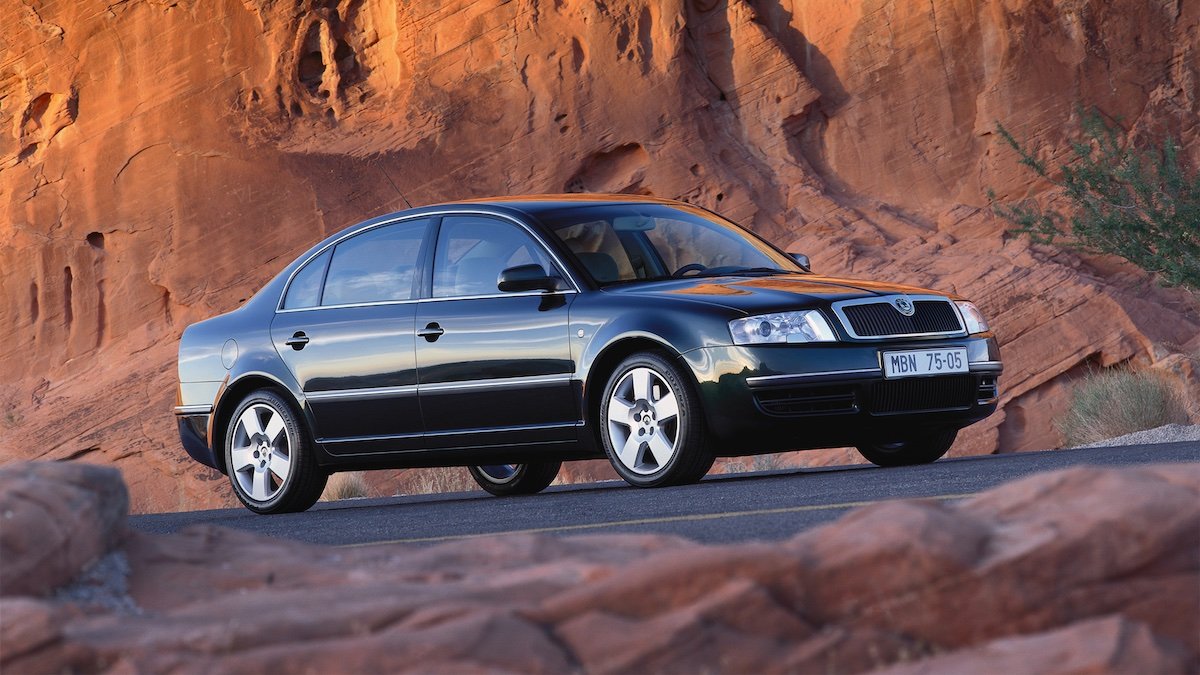
The Superb name finally returned to Škoda’s lineup in 2001 and has remained a constant ever since (Image: Škoda)
But that was it for the nameplate until September 2001 when Škoda re-entered the upper-mid-class segment with the first modern-generation Škoda Superb saloon (sedan), based on the Volkswagen Passat.
Like its predecessor this modern Superb, produced from 2001 to 2008, offered exceptional interior space and advanced comfort, but also vastly improved performance and safety features.
The new Superb came with a range of engines producing between 85kW and 142kW (193 hp), including a range-topping 2.8-litre V6 with Tiptronic automatic transmission and bi-xenon headlights.
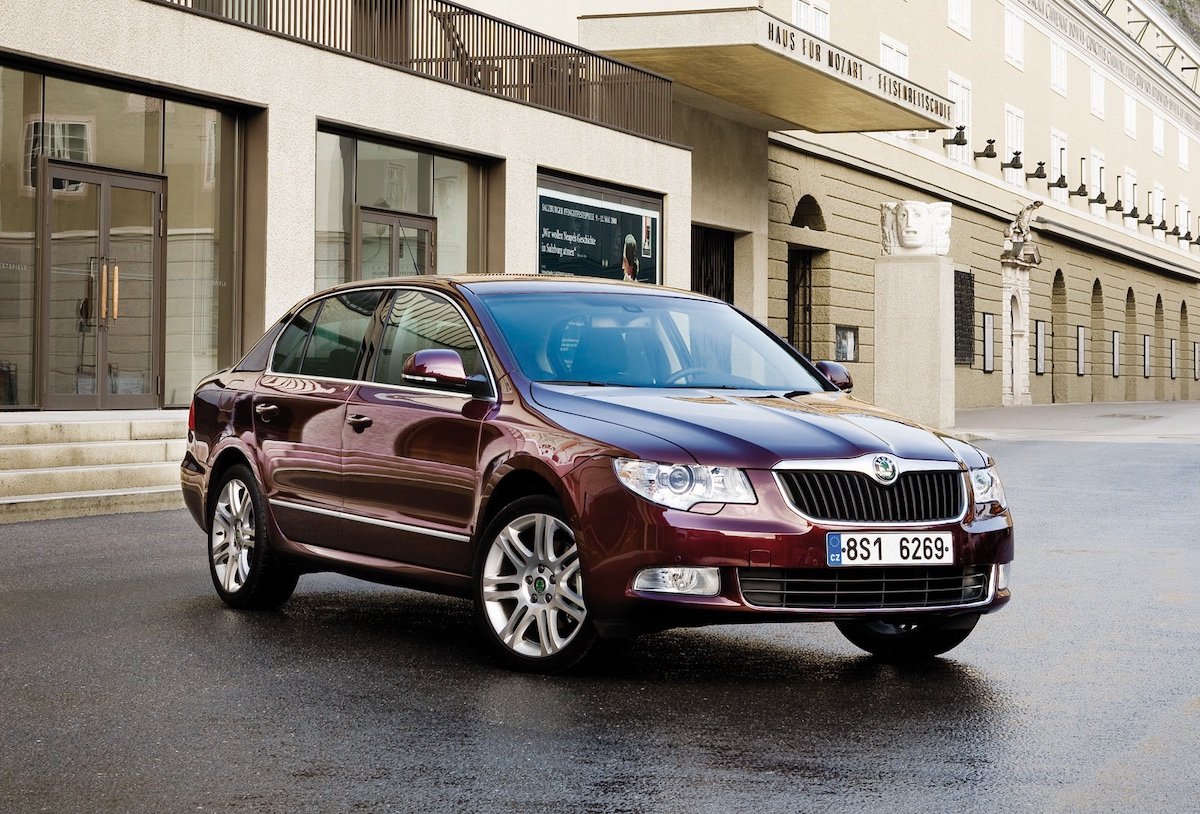
The second-generation Superb of the modern era, launched in 2008, introduced a more practical Hatch bodystyle in addition to a first-ever Estate variant (Image: Škoda)
Subsequent generations further developed the Superb’s legacy. The second-generation launched in 2008 introduced a more practical Hatch bodystyle and, for the first time, an Estate version, while the third-generation introduced in 2015 continued this trajectory, integrating advanced technologies and innovative design.
By the time of the launch of the current fourth-generation model in 2023, the Superb came equipped with many cutting-edge technologies, offering customers the choice between Hatch and Estate body styles, with petrol, diesel, mild-hybrid, and plug-in hybrid powertrains.
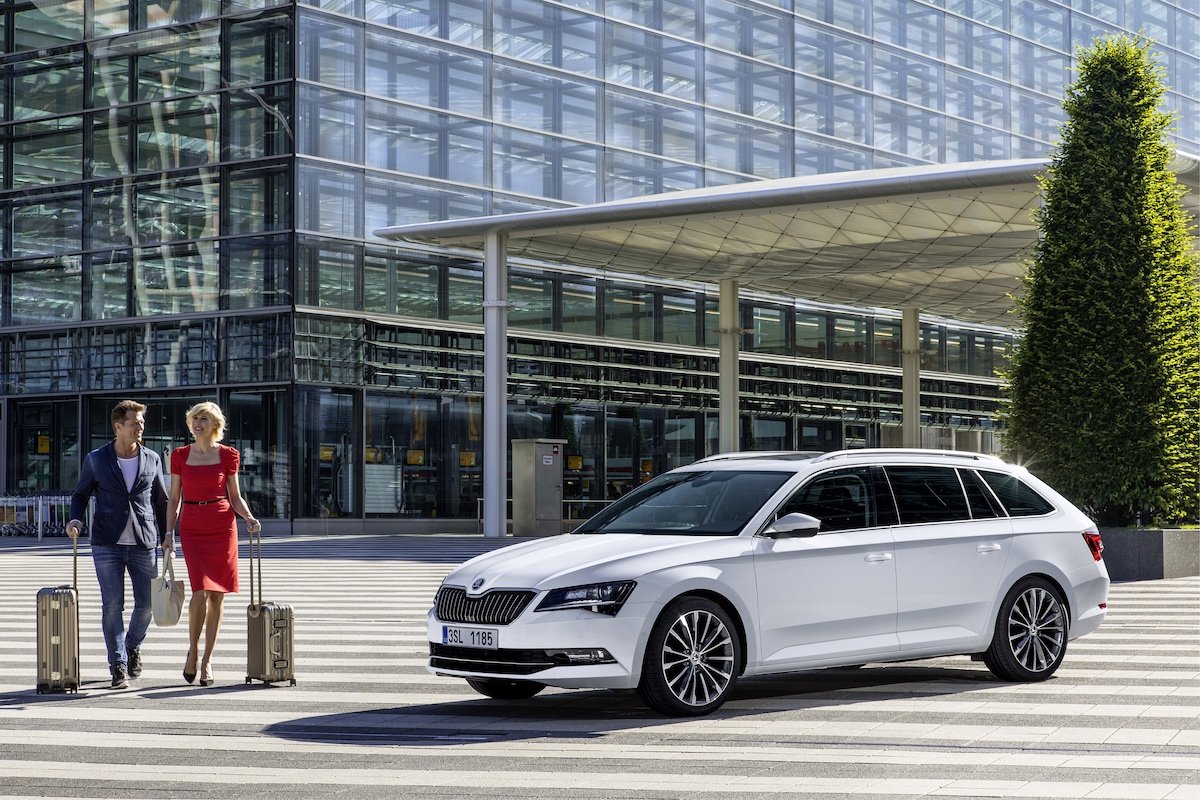
The third-generation Superb shown here introduced even more technology to the model, which has only continued to evolve with the current fourth-gen model (Image: Škoda)
Today, the Superb is best known for its generous interior space, large boot capacity, and clever features such as built-in umbrellas in the door pockets or under the seats.
There’s even an armoured Škoda Superb estate, created by UK-based firm UTAC Special Vehicles. The vehicle features bulletproof glass and body panels made of hot-formed armoured steel which together add around 900kg to the weight of a regular Superb wagon. More importantly for customers of this Superb, it’s blast-resistant to grenades and high explosives and can repel more than 200 rounds of ammunition.

While the Superb name may be a relatively recent addition to Australia’s car market, its 90-year history cements it as an important nameplate for the Czech brand (Image: Škoda)

